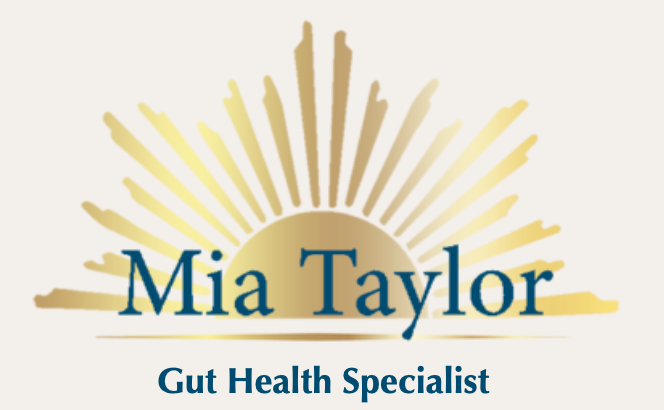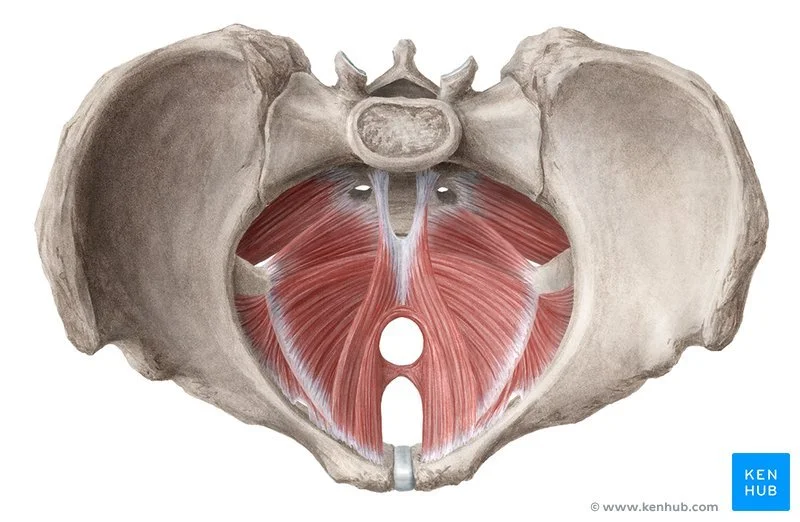Tailbone, Pelvic Floor Muscles, and Constipation. Are They Linked?
There is growing concern
regarding the increase in digestive issues in America.
Each year 62 million Americans are diagnosed with a digestive disorder. That’s INSANE, right? And that number is growing, steadily. Digestive issues are frustrating, dangerous, and often disabling to everyday living.
It’s important to know that the process of digesting involves nearly every other organ in your body in some way as well as numerous muscles and tendons in order to have a functioning digestive system. It’s so much more than just the gastrointestinal tract (aka, gut, intestines, and even sometimes referred to generally as the “stomach”, which is inaccurate.)!
One of the critical elements of digestion though is “elimination” or “pooping” as we often refer to it. And while this seems like an automatic thing your body does without effort, for hundreds of millions of people it has become a challenge to eliminate in a way that’s healthy, easy, and productive, causing other organs to fail in their own duties to keep you healthy.
For many reasons, we’re seeing people with more constipation, irritable bowel, bloating and gas, and digestive conditions. Some of the causes we’re seeing are an unbalanced gut microbiome causing IBS/IBD/constipation, increasing gluten intolerance due to unhealthy farming/processing practices, childbirth, and even as basic as musculoskeletal issues like pelvic floor dysfunction.
Musculoskeletal issues are sometimes the hidden cause, and are usually the easiest to solve, so I wanted to share about it. My hope for this post is that it will inspire those with digestive issues to consider whether or not this may be the cause for their own issues.
Here’s how it works - your pelvic floor is a basket of three layers of muscles. Those muscles support organs that reside in your pelvic area, for a woman, it’s the uterus, bladder, rectum, ovaries, etc. For reasons mentioned earlier, those muscles that support all those organs can become either tight, loose, weak, overactive, or less responsive, leading to heavy periods with cramping or clotting, lower back aches, pain during intercourse, cramping/struggling to go #2, hip tightness, and so much more.
So what does the tailbone have to do with any of this? Well, if you look at the anatomy of the pelvis and the pelvic floor muscles, they attach in several areas. One of those integral attachment points is the end of the tailbone (coccyx, as its medical term). If your tailbone has been injured, not only are the nerves on the tailbone affected, but the pelvic floor muscles that attach to it likely become tight and tense by default. If those muscles are tight, it affects the muscles that support “elimination” from the rectum.
So if you ever learned in school that the tailbone is just remnants of evolution from mammals who had tails, get rid of that notion and know that it has a VERY important function for digestion AND your nervous system.
A great resource is to check out The Belly Whisperer’s content on TikTok or Instagram for some helpful tips about pelvic floor health!
Think you may have tailbone issues that affect your digestion? Try to recall if you ever fell on your butt as a kid or adult and then go to a chiropractor and ask for an X-ray of your coccyx and see if it’s misaligned, angled, or fractured!
Want to chat more about digestion and overall wellness? Drop me a line!
Be well,
Mia



